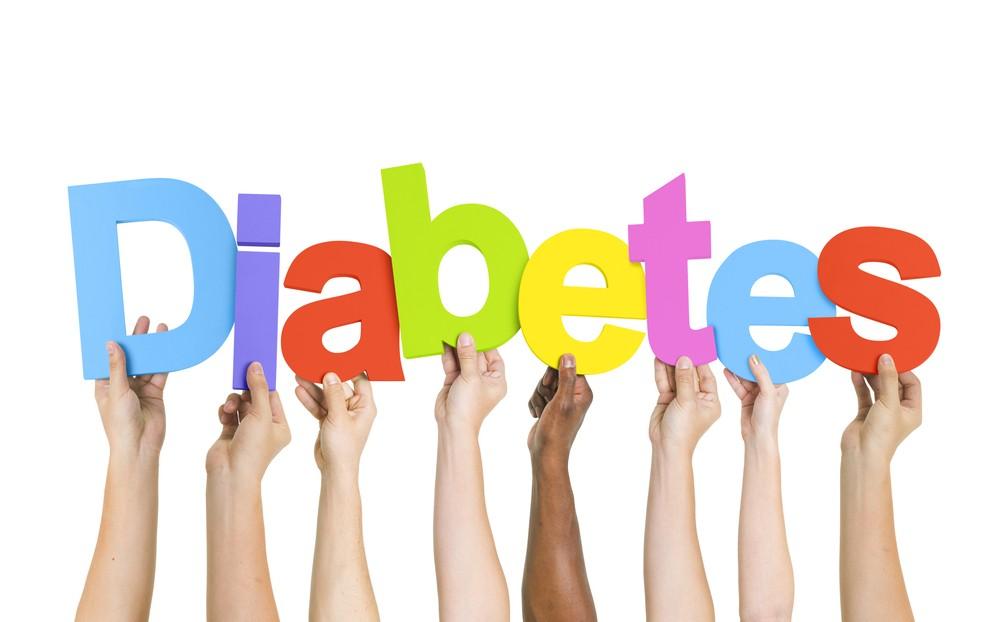Can Type 2 Diabetes Turn Into Type 1?
Most common forms of diabetes

If you have type 2 diabetes, you might be wondering if it will ever “turn into” type 1 diabetes. It’s understandable that you would think about this, especially if you take insulin. In short, however, the answer is “no.”
Type 1 and type 2 diabetes, two of the most common forms of diabetes, are actually two very different conditions. Type 1 diabetes is an autoimmune disease, which means that the body attacks the cells in the pancreas that make insulin. As a result, someone with type 1 needs to inject insulin in order to survive. Researchers believe that genetics or environmental factors are the cause of type 1. For the most part, type 1 diabetes is more common in children, adolescents and young adults — but anyone at any age can develop type 1 diabetes.
Type 2 diabetes (the most common type) is a condition of insulin resistance. This means that the body isn’t able to use its own insulin all that well; as a result, glucose levels build up in the bloodstream because insulin isn’t doing its job and/or, over time, the pancreas stops making sufficient insulin to keep blood glucose at a safe level. Some people who have type 2 diabetes can manage their condition by losing some weight, eating healthfully and staying active. However, most people with type 2 need to take at least one medication, if not several, to manage their diabetes. They may even need to eventually take insulin. Having to take insulin is not a sign of failure; nor does it mean that you now have type 1 diabetes. By the way, type 2 diabetes is most often seen in middle-aged and older adults, but more and more children and adolescents are getting type 2, as well. What causes type 2 diabetes? It can definitely run in the family, so genes do play a role. But lifestyle factors, such as being overweight, eating unhealthy foods and not getting enough exercise are big contributors.
So, type 2 diabetes does not become type 1 diabetes. But it is possible for someone’s type of diabetes to be misdiagnosed. In other words, someone may be told they have type 2 diabetes, but they actually have type 1 diabetes. Here’s why: diabetes symptoms can be the same in both type 1 and type 2 diabetes. For example, if your blood sugar is high, you may feel tired and thirsty and you might lose some weight. If you go to the doctor because of your symptoms, you may be quickly diagnosed with type 2 and prescribed a diabetes pill to take. This is more likely to happen if you’re an adult and if you’re overweight or obese (and another misconception is that everyone with type 1 diabetes is thin and everyone with type 2 diabetes is overweight or obese).
Tests used to diagnose both types of diabetes include checking an A1C level, checking a fasting blood glucose level or doing an oral glucose tolerance test. If a doctor isn’t sure if you have type 1 diabetes, he or she may do other tests, such as checking for antibodies that attack beta cells in the pancreas, or c-peptide, which shows how much insulin the body is making.
Bottom line: type 2 diabetes will not turn into type 1 diabetes. But it’s possible that someone diagnosed with type 2 may really have type 1. Be familiar with symptoms of untreated diabetes, which include thirst, frequent urination, hunger, weight loss and cuts or sores that don’t heal quickly. People with type 1 diabetes are more likely to have a sudden onset of these symptoms, while people with type 2 diabetes may have milder symptoms — or no symptoms at all. Know the risk factors for diabetes and also be aware of your family history. Talk with your doctor if you think you might have diabetes, and get tested regularly if you are at risk.
Want to learn more about Type 1 and Type 2 diabetes?
